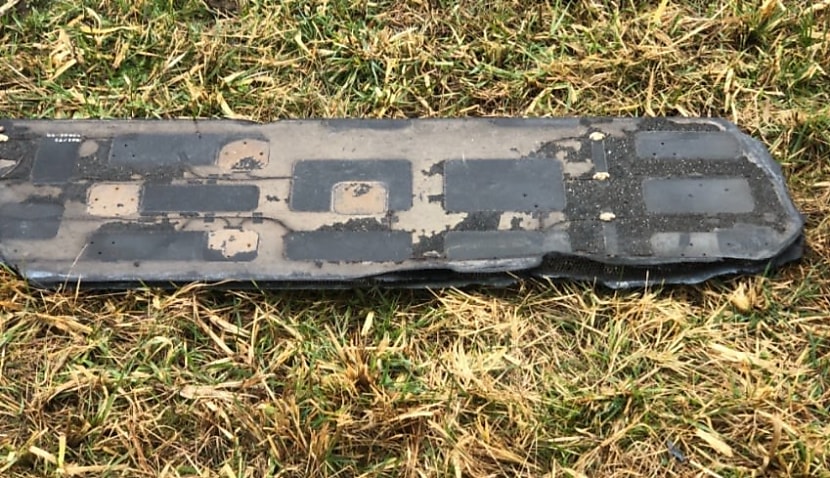
The UN response comes after a fourth piece of debris was found and confirmed to belong to a SpaceX mission that re-entered the atmosphere over Australia.
The latest piece was found in Tumbarumba by Jordan Hobbs on his farm on 13 August. He initially thought the debris was rubbish but decided to check after seeing reports of previous pieces of space debris.
Confirmation came from the Australian Space Agency that the fourth piece was also a part of the trunk of the SpaceX Dragon capsule.
The capsule re-entered the atmosphere on 9 July, bringing with it a sonic boom that residents across the Snowy Mountains region reported hearing.
SpaceX has publicly acknowledged the incident in a short statement released on 4 August. The company followed up by sending a team on 10 August to visit the sites where the debris were found.
The Australian Space Agency released a statement on the work being done behind the scenes to orchestrate an international response to the debris.
“The agency is continuing to engage with our global counterparts around next steps on each piece of debris, including whether it will need to be returned and what can be learned from this event,” the agency said.
International attention was directed towards Australia as a result of the debris discovered.
The latest to focus on the incident was the UN General Assembly’s Committee on the Peaceful Uses of Outer Space, which revealed in-depth details about the pieces of debris that were found.
In their statement, they clarified that the debris was made up of steel, carbon fibre, titanium, aluminium, fibreglass and insulation materials. They also provided the weight of the pieces found, coming in at 100 kilograms, 35 kilograms and 20 kilograms.
“The parts are not considered to be of a hazardous or deleterious nature,” said the committee.
Brad Tucker, who has helped identify each of the pieces of debris found so far, chimed in on the statement.
“This is a very clear document saying, ‘This is what happened when SpaceX came out’,” he said.
“It's kind of nice to show that an international obligation is playing out.”
Tucker also said that there was still the issue of determining what to do with the debris, saying it was still technically SpaceX’s property.
“I'm still inclined to say that SpaceX won’t want it back, but I could be wrong.”

Liam McAneny
Liam McAneny is a journalist who has written and edited for his University International Relations journal. He graduated with a Bachelor of Arts (International Relations) and Bachelor of Laws from the University of Wollongong in 2021. He joined Momentum Media in 2022 and currently writes for SpaceConnect and Australian Aviation. Liam has a keen interest in geopolitics and international relations as well as astronomy.
Send Liam an email at: [email protected]
Receive the latest developments and updates on Australia’s space industry direct to your inbox. Subscribe today to Space Connect here.












